
- •Reading Material Text a
- •Before reading the text try to discuss the following questions.
- •Now read the text, translate it and get ready to do the exercises after the text. Geography
- •Word Study
- •Comprehension and Discussion
- •Origin and development of geography. Early history
- •Geographic methods. Map location and measurement
- •The Round Earth on Flat Paper
- •Dialogue
- •Listening Comprehension Text “Geography”
- •Revision
- •What is science?
- •Становление географии как науки
- •Active Vocabulary
- •Additional Reading Geography and people: Ptolemy
- •Components of maps
- •Maps and graphs Maps
- •Isoline maps
- •Choropleth
- •Topological maps
- •Proportional flow maps
- •Dot maps
- •Line graphs
- •Scattergraphs
- •Pie charts
- •Reading Material Text a
- •The History of Exploration
- •Word Study
- •Comprehension and Discussion
- •Captain Cook
- •Text c The Mystery of the Franklin Expedition
- •Text d
- •The History of Maps
- •Dialogue
- •Listening Comprehension Text “Christopher Columbus”
- •Revision
- •Questions:
- •II. Первое русское кругосветное путешествие
- •Active Vocabulary
- •Additional Reading Famous Russian navigators
- •Navigation Tools
- •Unit III
- •Reading Material Text a
- •Before we start reading let’s recollect the composition of the solar system.
- •What does the solar system consist of?
- •What heavenly object is the most beautiful (mysterious, important)?
- •The Universe and the Solar System
- •Word Study
- •Comprehension and Discussion
- •Our local star
- •Text c The Evolution of the Universe
- •Text d Galaxies
- •Dialogue
- •Is the Sun Good or Bad for Us?
- •Is the sun good or bad for us?
- •Listening Comprehension Text “Stars”
- •Fill in the gaps.
- •Note down the temperature of:
- •Note down the colours of :
- •Revision
- •The Lunar Surface
- •Active Vocabulary
- •Additional Reading The Planets
- •Mercury
- •Jupiter
- •Uranus and Neptune
- •Stellar Evolution
- •Unit IV
- •Reading Material Text a
- •Before reading the passage discuss these points with a partner.
- •Is the earth a perfect sphere?
- •This Earth of Ours
- •Word Study
- •Comprehension and Discussion
- •Volcanic Eruptions
- •Text c The Earth. Size. Shape.
- •Text d The Earth
- •Dialogue Discussing the age of the earth
- •Listening Comprehension Text “The Earth’s shape”
- •1. What is the “equatorial bulge”?
- •2. Are all three models only approximations?
- •Revision
- •History of the Earth
- •Latitude and Longitude
- •Active Vocabulary
- •Additional Reading Yellowstone National Park
- •The geological setting
- •Hydrothermal features
- •Reading Material Text a
- •The Atmosphere: Properties and composition
- •Word Study
- •Comprehension and Discussion
- •Oxygen-Carbon Dioxide Cycle
- •The Ozone Layer
- •The Ionosphere
- •Dialogue
- •Listening Comprehension Text “The Atmosphere”
- •Part b. Listening activities
- •Revision
- •Air pollution
- •Active Vocabulary
- •Additional Texts Greenhouse gases
- •The air we breathe
- •Unit VI
- •Reading Material Text a
- •Before reading the text discuss these points with a partner.
- •Now read the text, translate it and get ready to do the exercises after the text. Climate
- •Word study
- •Climate
- •Comprehension and Discussion
- •The climate of the uk
- •The World’s Inconstant Climate
- •Methods of weather modification
- •Weather
- •Days of Abnormal Weather
- •Vocabulary
- •Days of Abnormal Weather Text 1
- •Interpretation
- •Weather Forecast
- •Listening Comprehension Text “The Climate”
- •Revision
- •Climate
- •Weather maps
- •Project Writing
- •Active Vocabulary
- •Additional Reading Climatic Change
- •Origin of Climatic Change
- •Ocean Currents
- •Unit VII
- •Reading Material Text a
- •Before reading the passage discuss these points with a partner.
- •Into how many parts is the earth’s surface divided?
- •How are land and sea distributed?
- •Now read the text, translate it and get ready to do the exercises after the text. Land Forms of the Earth
- •Word Study
- •The Alps
- •Comprehension and Discussion
- •The Surface of the Ground
- •Continental Drift
- •Wegener’s Theory
- •Text d The Soil Beneath our Feet
- •Dialogue Discussing the process of erosion
- •Listening Comprehension Text “Continental drift”
- •Fill in the gaps.
- •Note down the terms used by the lecturer.
- •Note down the thickness of the asthenosphere.
- •Revision
- •Relief form of the earth
- •Earthquake waves
- •Earthquakes
- •Active Vocabulary
- •Additional Reading Erosion
- •Weathering
- •1999 A bad year for earthquakes
- •Limestone in Europe
- •Vulcanism
- •Volcanic Eruptions
- •Glaciers
- •Minerals
- •What Minerals Are
- •Mineral Properties
- •The Earth’s Interior
- •Interior Structure
- •Rock Classification
- •Igneous Rocks
- •Sedimentary Rocks
- •Grammar focus the system of tenses
- •Charles Robert Darwin
- •Passive voice
- •The Greenhouse Effect
- •Participle
- •The gerund
- •Функции герундия в предложении и способы его перевода на русский язык
- •Infinitive
- •I. Образование
- •II. Функции инфинитива в предложении.
- •Complex Object
- •Complex Subject
- •Subjunctive mood
- •Subjunctive Mood Conditional Sentences
- •Modal verbs
- •(Выражение «вероятности», «предположения»)
- •The system of tenses
- •Charles Robert Darwin
Line graphs
Line graphs5 are used when measurements are continuous, e.g. traffic, employment or river discharge (see Figure 6). They show the relationship between two variables, one of which causes the other to change, e.g. temperature and altitude. Altitude causes the temperature to change so it is the independent variable (x-axis), with temperature on the y-axis (dependent variable). If you have very large ranges on one single graph, e.g. 2-10,000 then consider using log or semi-log paper.
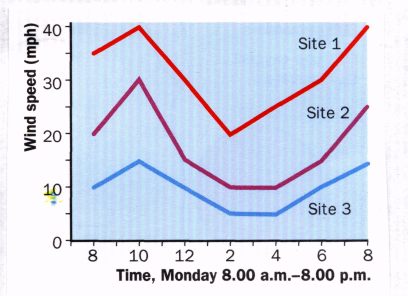
Fig. 6. Line graph showing changes in wind speed over 12 hours in three locations. Multiple data sets are displayed on the same axis which has been reseated to accommodate all data.
Bar graphs
In this type of bar graphs6 the horizontal x-axis represents a number of separate categories and the vertical axis shows the values or frequency (see Figure 7). Often a gap is left between bars (note that the computer won't do this automatically).

Fig. 7. Simple bar chart to show rainfall at a school weather station. Note how the bars are separated.
Histograms
In the case of a histogram, the horizontal axis represents a linked series of class intervals – normally continuous. It is not usual to leave spaces between bars in this instance (see Figure 8).
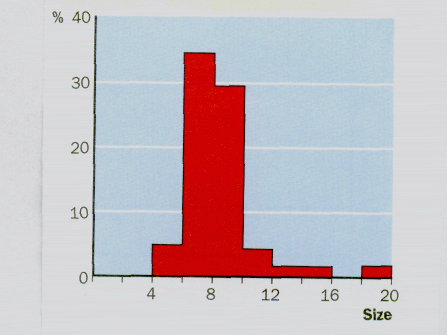
Fig. 8. Histogram showing results from a glacial sediment survey. Note how the к-axis data are linked or continuous.
Bar and histogram variants
Many variations of the traditional bar and histogram exist:
• mirror – bars drawn back to back (see Figure 9);
• population pyramids to show population structure by age;
• reverse bars – bars drawn below the x-axis to indicate a decrease in a particular category;
• proportional bars – show the proportion of change within component categories (see Figure 10).

Fig. 9. Bar graph with mirrored bars showing range and median bi-polar scores for various settlements in south Shropshire.

Fig. 10. Bar graph with proportional bars showing endangered animal species in Europe and central Asia.
Scattergraphs
Scattergraphs7 are used to explore the relationship between two variables – the pattern of the scatter shows the strength of the relationship and any anomalies in the data (see Figure 11). It is important to have sufficient data points so that meaningful interpretations can be made (at least 10).
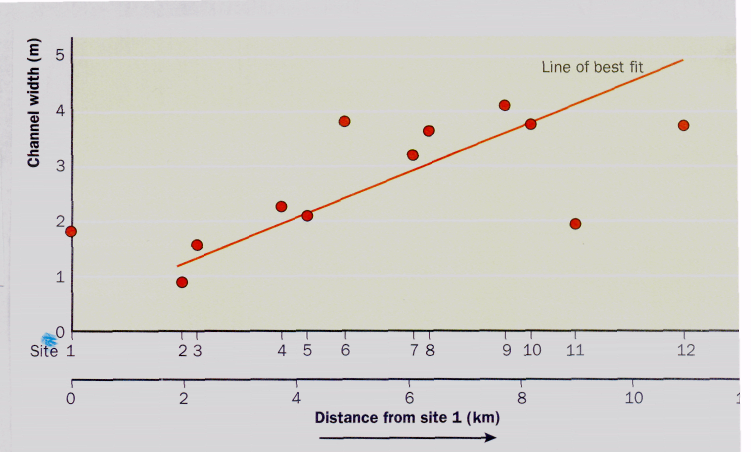
Fig. 11. Scattergraph showing changes in channel width with increasing distance downstream. Note how the sites are not at regular intervals and the results have to be plotted accordingly. Site 11 appears to be an anomaly.
Pie charts
A pie chart8 is a circle divided into sectors proportional to the size of component categories in a given sample. You should use this type of graph when there are at least three but no more than eight different categories to display. It is normal practice to start with the largest category first and work clockwise round the circle in descending order. It is also possible to produce pies that are proportional in size to the size of the sample when comparing different sites or areas. 'Mini pies' can be very effective positioned on a base map (see Figure 12).
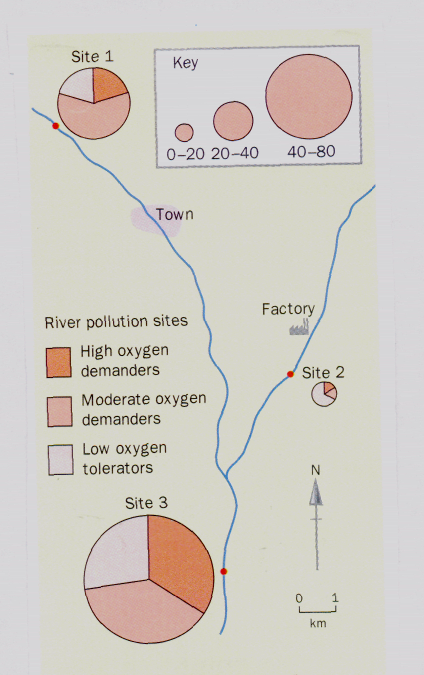
Fig. 12. Proportional pie charts on a base map indicating number of invertebrates caught at different river locations. Invertebrate species are an indicator of pollution.
Pictograms
A range of symbols (and part symbols) can be used to represent data (see Figure 13). These are a good idea in questionnaire surveys as they add variety, but they are less accurate than traditional bars or histograms.
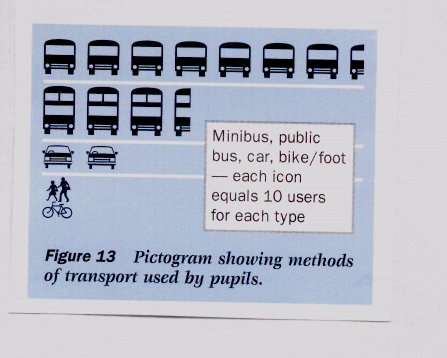
Fig. 13. Pictogram showing methods of transport used by pupils.
Kite diagrams
If you are doing a vegetation project or footpath erosion survey, kite diagrams can be used to show change in a particular species along a transect (see Figures 14 and 15). It is often a good idea to stack kites vertically (with the graph paper turned sideways) so that comparisons can be made.
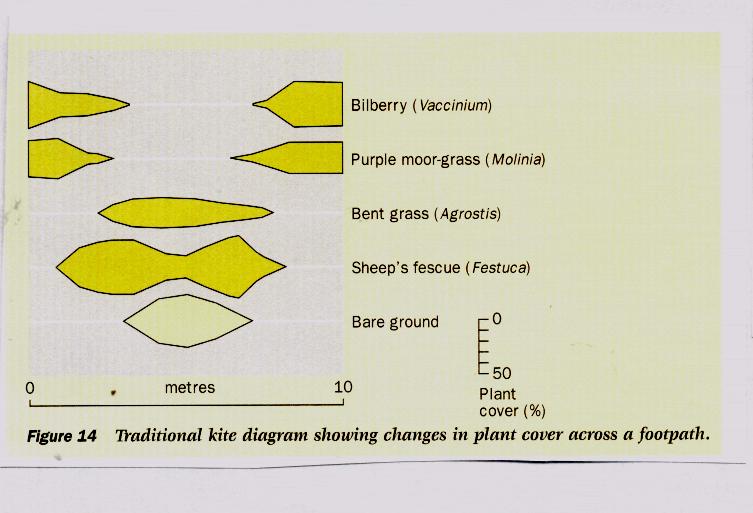
Fig. 14. Traditional kite diagram showing changes in plant cover across a footpath.
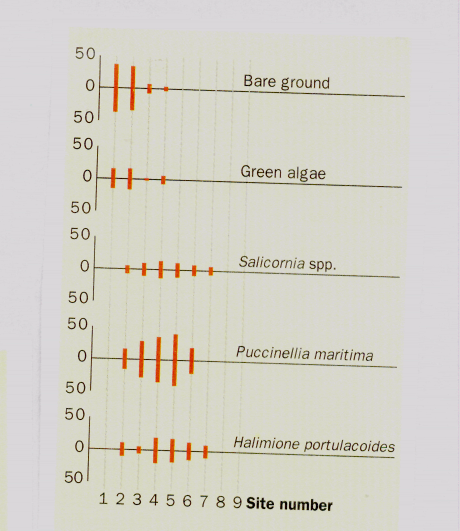
Fig. 15. Skeletal kite diagram of an interrupted transect on a saltmarsh. There arc significant distances (10 т or more) between sampling sites, so gaps are left between plot points.
Circular and rose graphs
Circular and rose graphs9 are used when the data take the form of compass directions (see Figure 16). They can he used to show wind direction, pebble orientation or orientation of glacial features. It is possible to construct this type of graph on a computer (often called a 'radial' plot), but make sure the scales are appropriate.
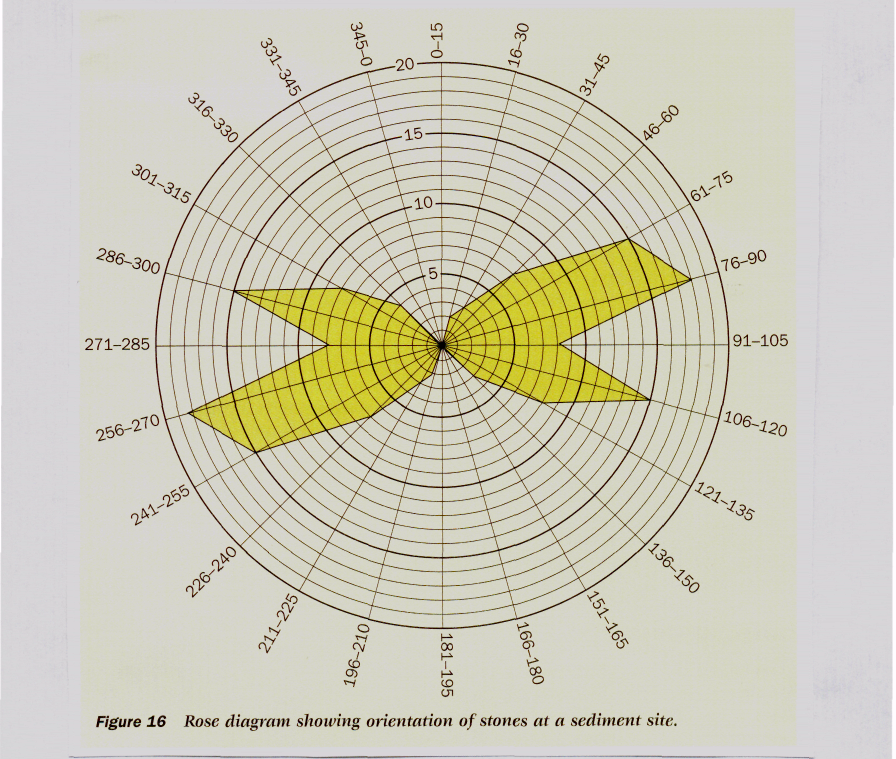
Fig. 16. Rose diagram showing orientation of stones at a sediment site.
Notes:
choropleth maps – карты ранжирования территории
topological map – карты доступности
proportional flow maps – графики мощности потока
dot maps – карты точечного показа
line graphs – линейные графики в системе координат
bar graphs – гистораммы
scattergraphs – графики рассеяния показателей
pie chart – диаграмма долевого участия
circular and rose graphs – роза ветров (направлений), индексетриссы рассеяния
Unit II
THE HISTORY OF EXPLORATION |
